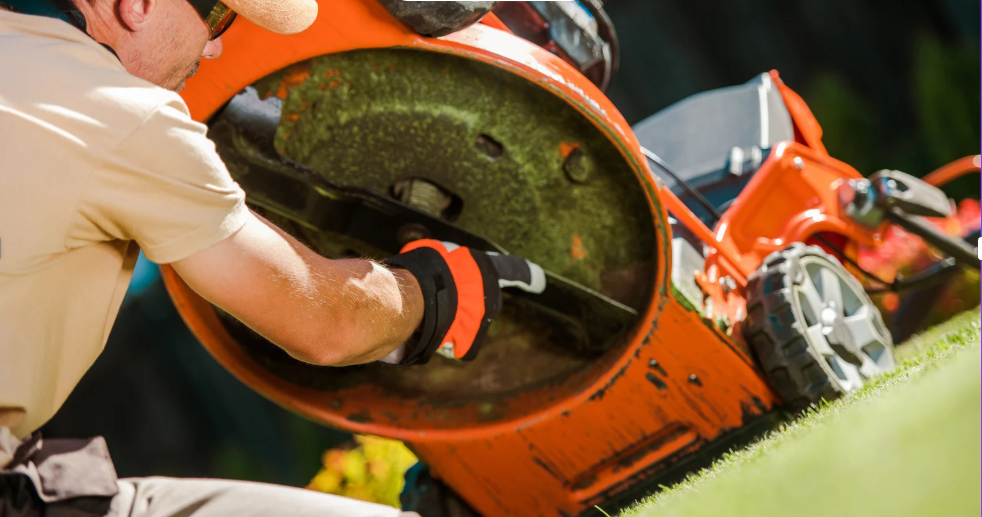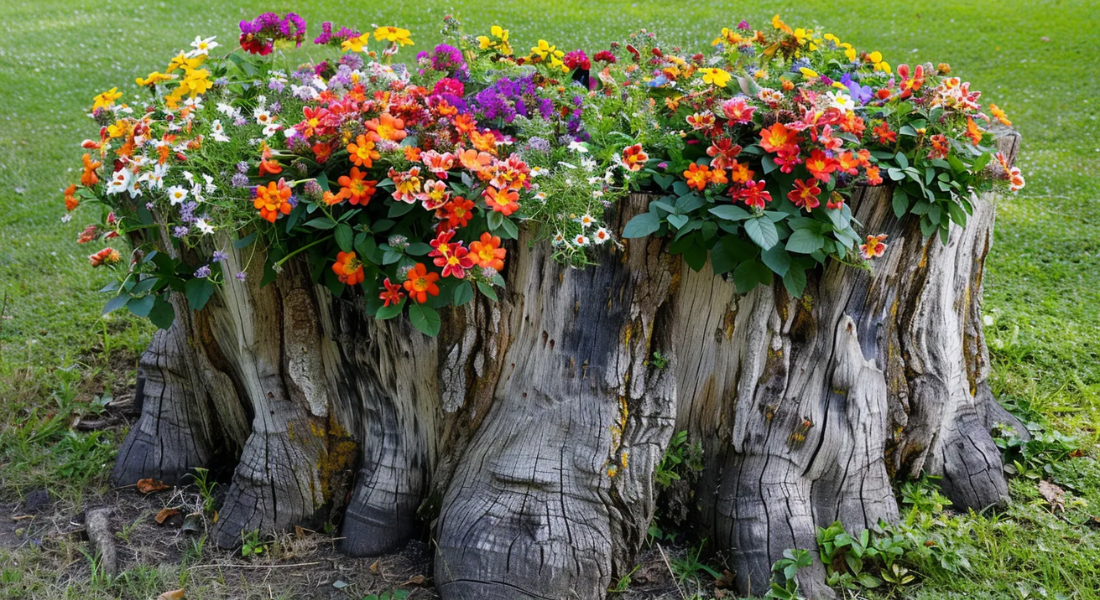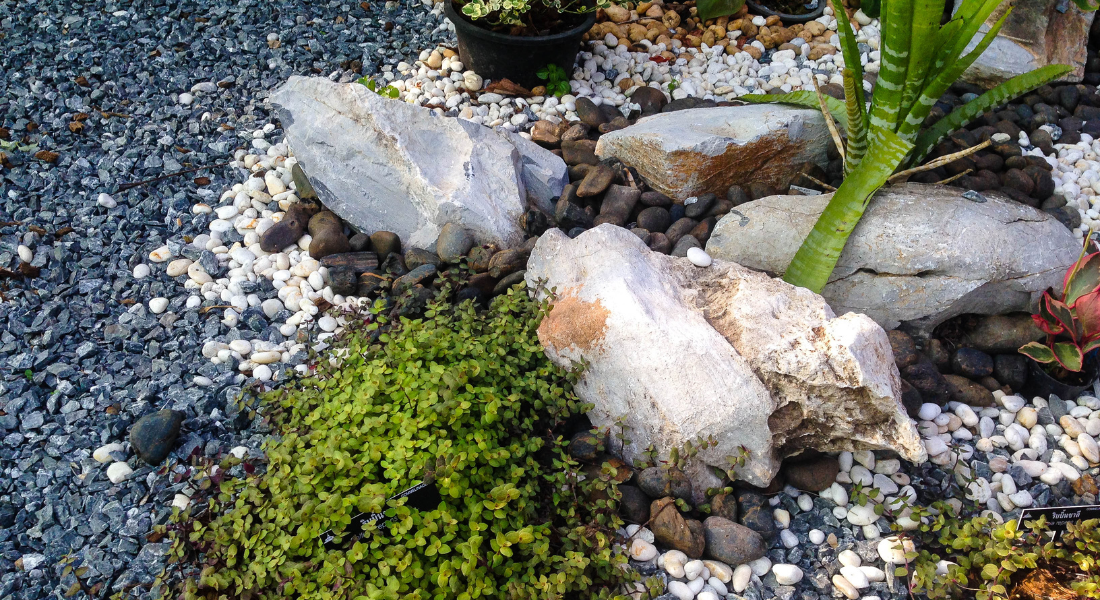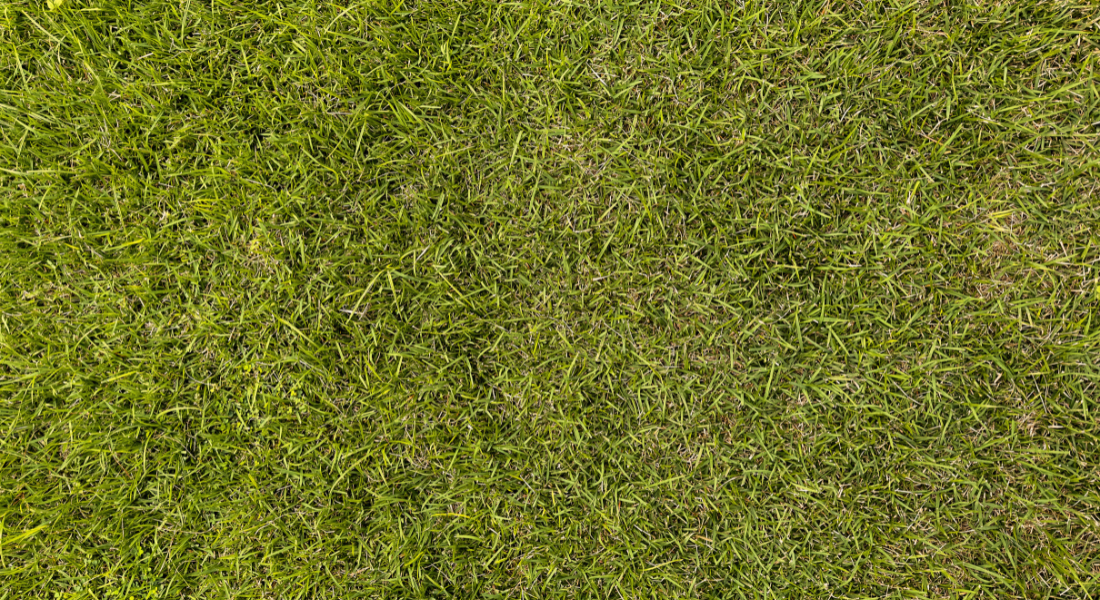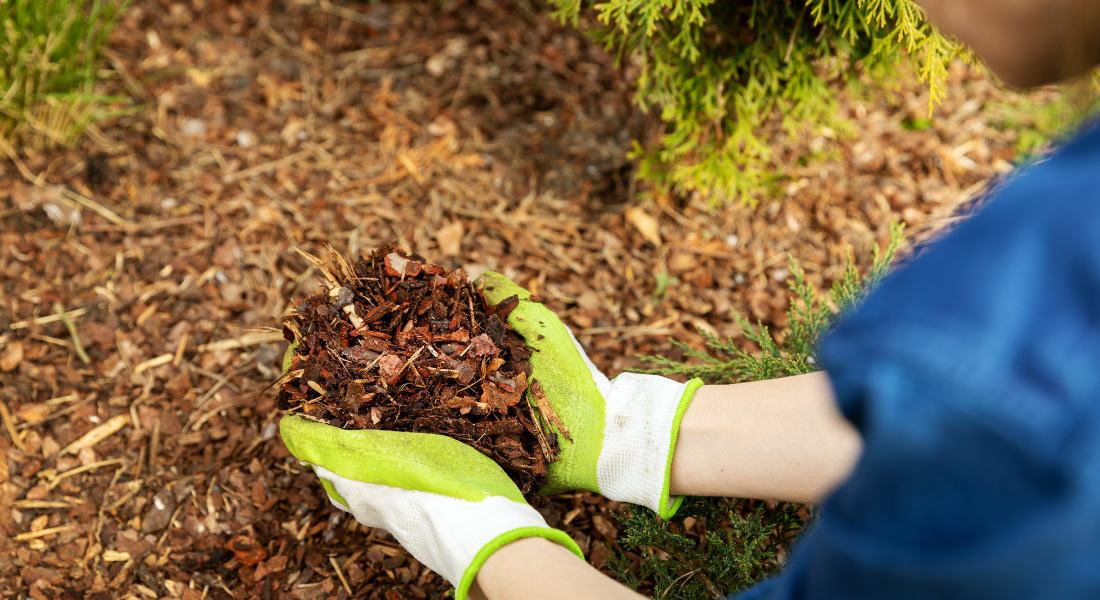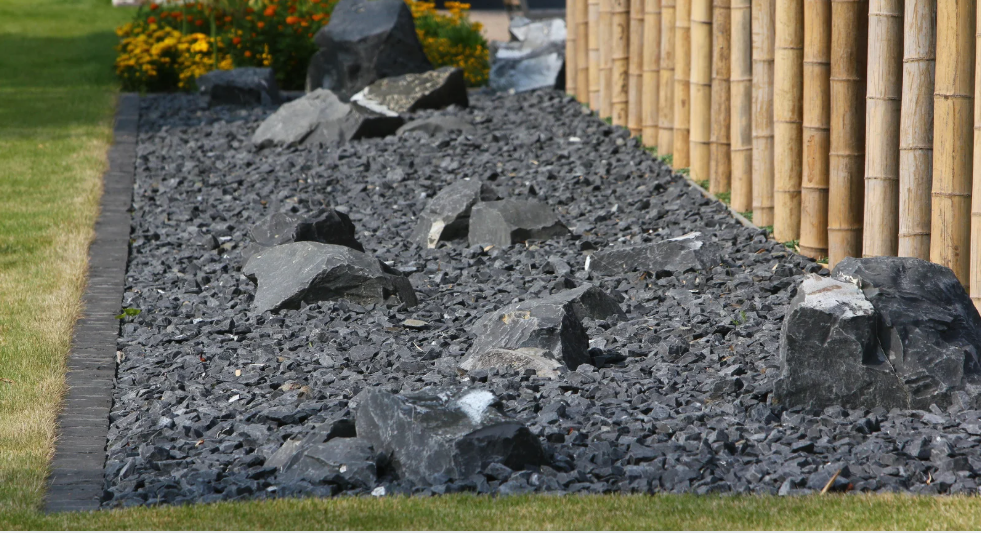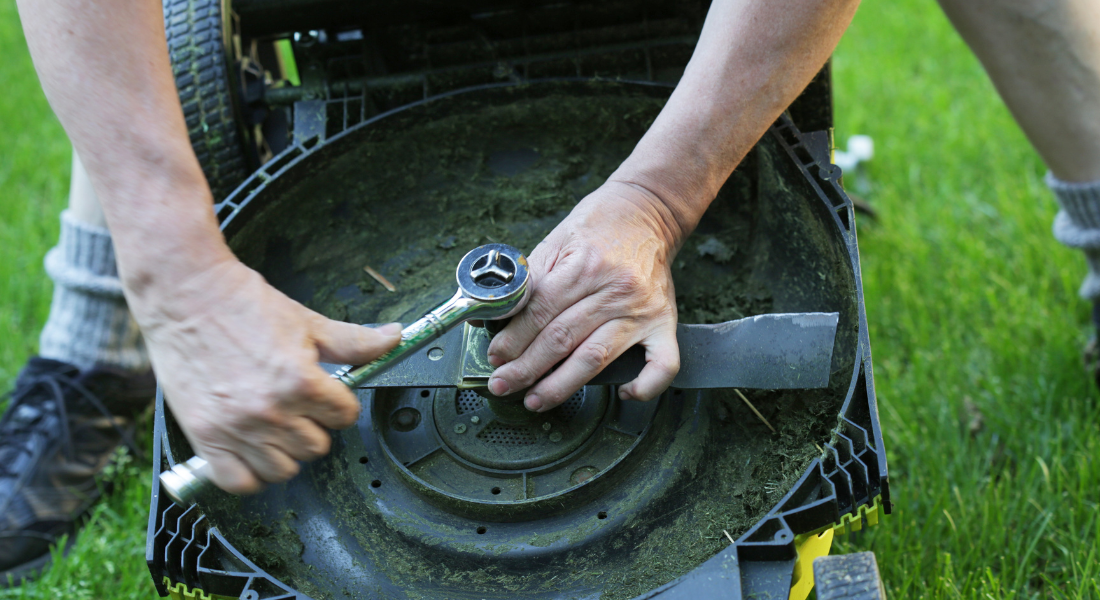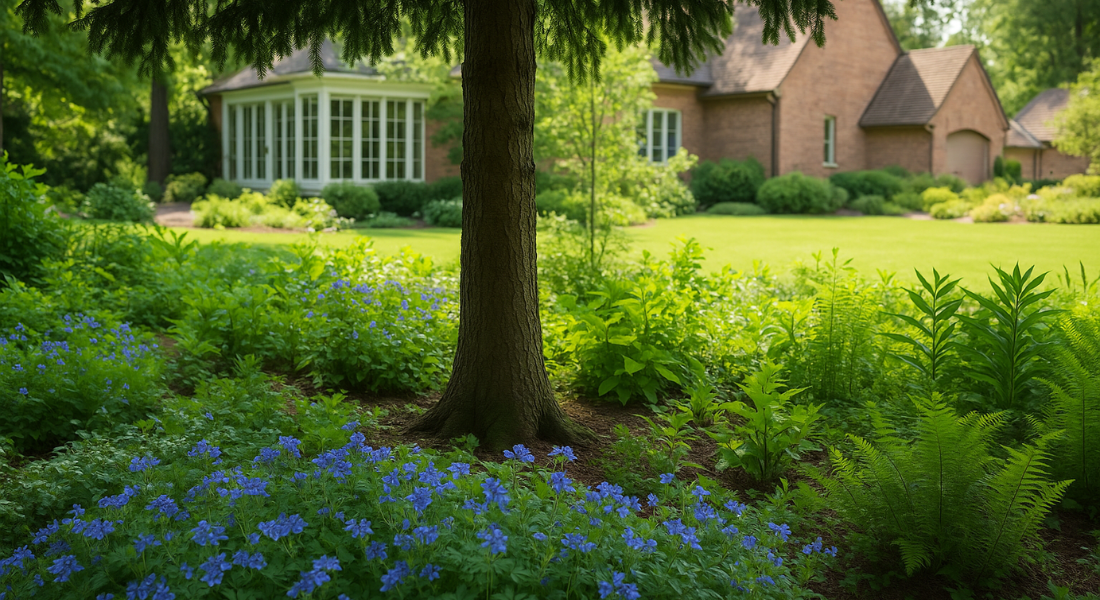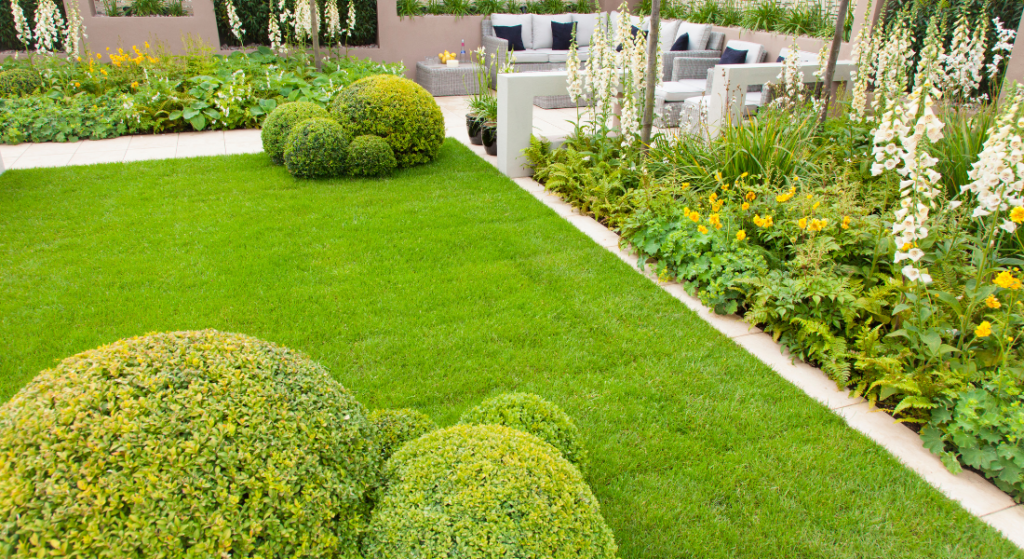Best Trees to Plant in Clarksville, TN: Guide for Local Gardens
Struggling to keep your garden healthy in Clarksville, TN? It’s frustrating when your trees don’t grow because they’re not suited for the local climate. The good news is that planting native trees and plants is the solution. In this guide, we’ll show you the best native species to choose, how to care for them, and why they’re perfect for Middle Tennessee. Whether you’re new to gardening or have been at it for years, this guide will help you create a beautiful, low-maintenance yard that lasts.
What Are the Best Native Trees to Plant in Clarksville?
Picking the right trees for your yard is key to keeping them healthy and looking great. In Clarksville, certain native trees really thrive in the local conditions. Great choices include the Eastern Redbud, Southern Magnolia, and White Oak. These trees aren’t just beautiful—they also give you shade, attract wildlife, and bring seasonal color to your yard.
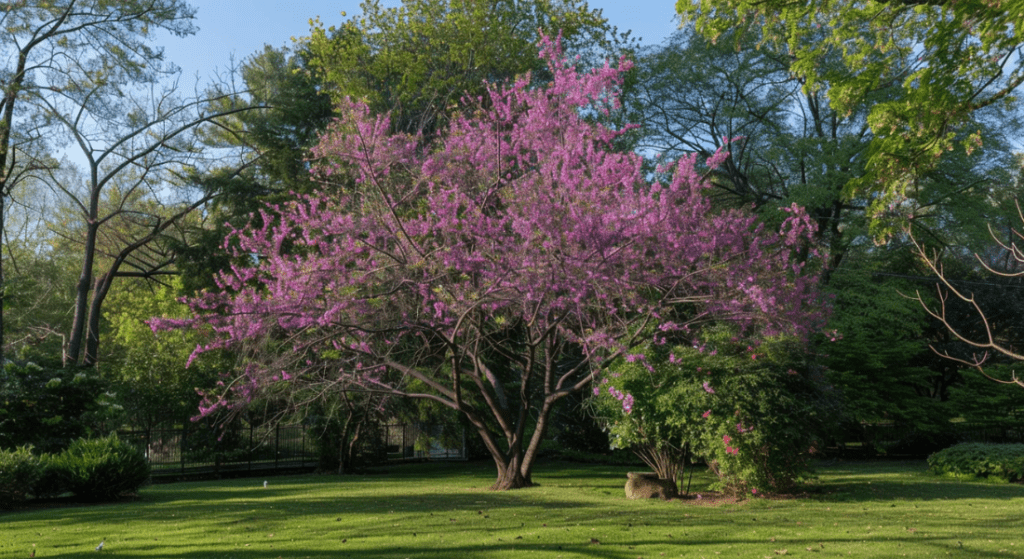
Eastern Redbud: Springtime Favorite
The Eastern Redbud is one of the most beloved trees in Clarksville, TN. Known for its stunning pink flowers that bloom in early spring, this tree is a favorite among homeowners and landscapers alike. The Eastern Redbud grows well in a variety of soil types and can reach a height of 20-30 feet tall at maturity. It’s an excellent choice for adding a pop of color to your yard in the springtime.

Southern Magnolia: A Gorgeous Evergreen
If you’re looking for a tree that provides year-round beauty, the Southern Magnolia is a top choice. This evergreen tree is known for its large, fragrant white flowers and glossy green leaves. Southern Magnolias grow well in the Southeast, including Middle Tennessee, and can reach up to 60-80 feet tall. They’re an excellent option for creating shade and adding a touch of elegance to your yard.
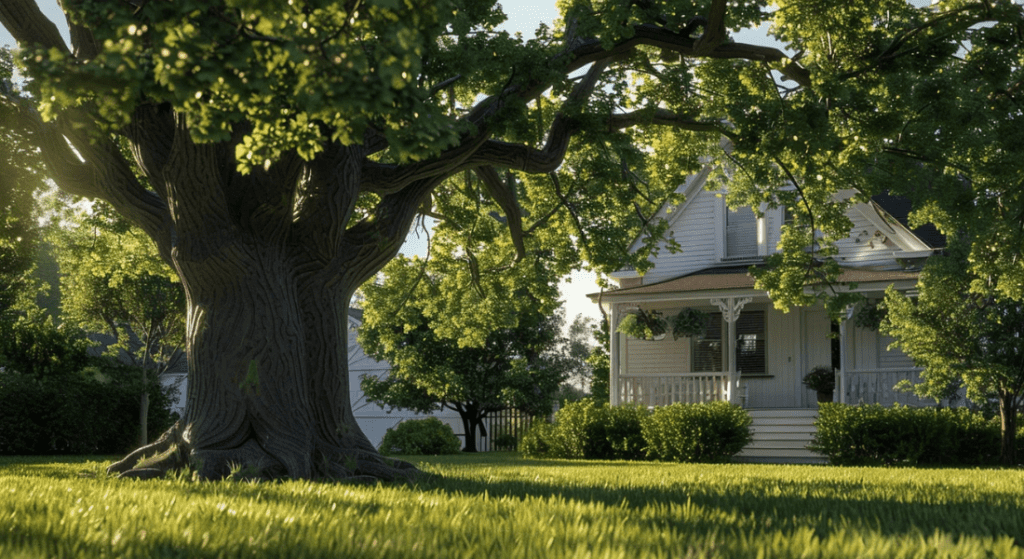
White Oak: Sturdy and Resilient
The White Oak is another excellent native tree to consider for your Clarksville yard. This large, deciduous tree is known for its strong wood and beautiful, spreading canopy. White Oaks can grow up to 100 feet tall and provide ample shade, making them ideal for large yards. They’re also highly resilient to drought and disease, ensuring they remain healthy for years to come.
How to Care for Native Trees in Clarksville
Taking care of native trees in Clarksville, TN is pretty simple, but there are a few key things to keep in mind to help them thrive. One of the most important things is watering, especially in the first few years after planting. While native trees need less water than non-native ones, it’s still crucial to keep the soil moist, especially during dry periods.
Watering Tips for Healthy Growth
When watering your native trees, aim to keep the soil consistently moist, but not waterlogged. Deep watering once or twice a week is usually sufficient, especially during the growing season. Be sure to water at the base of the tree, allowing the water to soak down to the roots. Avoid overhead watering, as this can lead to disease and insect issues.
Mulching for Moisture Retention
Applying a layer of mulch around the base of your trees is an excellent way to retain moisture and prevent weeds. Mulch helps to regulate soil temperature and keeps the roots cool during the hot summer months. Spread a 2-3 inch layer of mulch around the tree, but be sure to keep it a few inches away from the trunk to prevent rot.
Pruning and Disease Prevention
Regular pruning is essential to maintaining the health and appearance of your native trees. Prune your trees in late winter or early spring to remove any dead or diseased branches. This not only helps to prevent the spread of disease but also encourages healthy growth. Be on the lookout for common pests and diseases, such as oak wilt or magnolia scale, and address any issues promptly.
What Native Shrubs Should You Consider?
In addition to trees, native shrubs are an essential part of a well-rounded landscape in Clarksville. Shrubs like the American Elderberry, Buttonbush, and Virginia Sweetspire offer year-round interest and provide important habitat for wildlife.
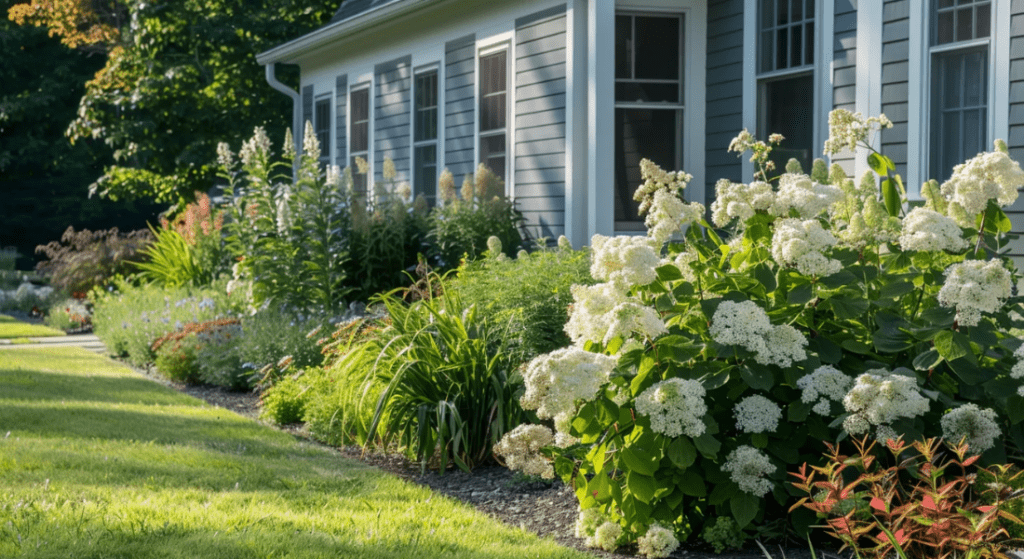
American Elderberry: A Versatile Shrub
The American Elderberry is a versatile shrub that grows well in a variety of conditions. It produces clusters of white flowers in the spring, followed by dark purple berries in the summer. These berries are a favorite food source for birds and can also be used in jams and jellies. The American Elderberry is an excellent choice for adding beauty and biodiversity to your yard.
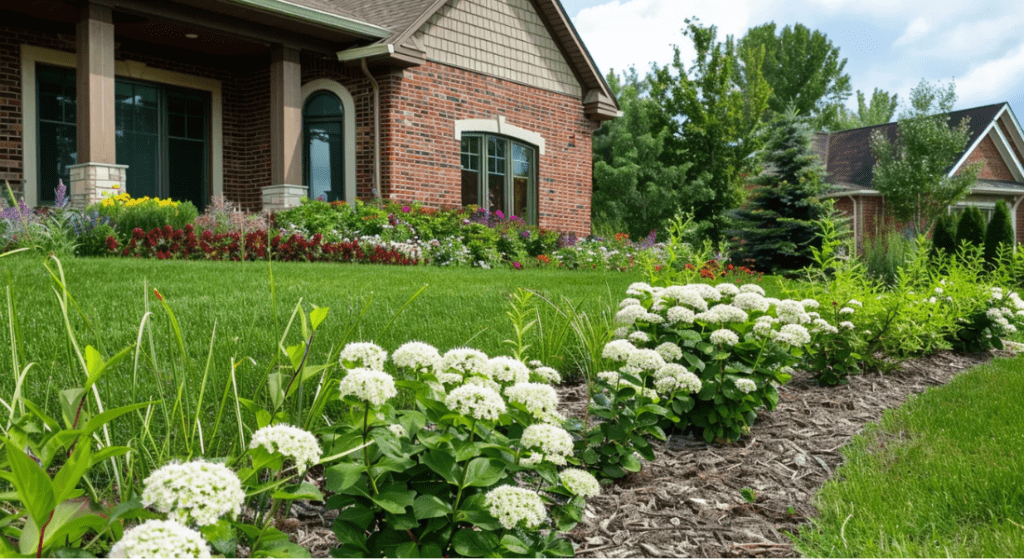
Buttonbush: A Pollinator Magnet
If you’re looking to attract pollinators to your garden, the Buttonbush is one of the best shrubs to plant. This native shrub produces unique, spherical flower clusters that are highly attractive to bees and butterflies. Buttonbush thrives in moist soil and can even tolerate occasional flooding, making it ideal for rain gardens or low-lying areas in your yard.
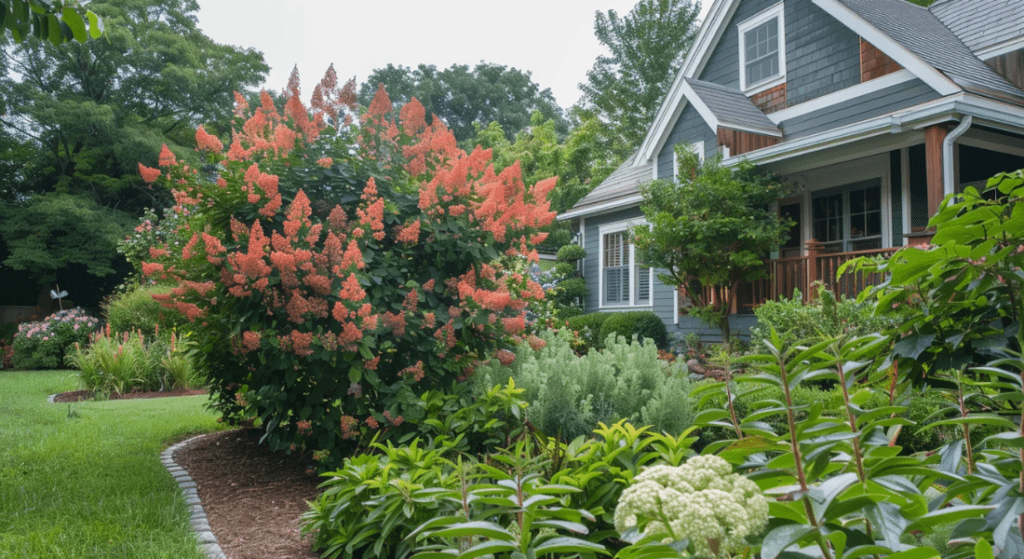
Virginia Sweetspire: A Stunning Fall Color
For a shrub that offers gorgeous fall color, consider planting Virginia Sweetspire. This native shrub has arching branches covered in fragrant white flowers in the spring, and its leaves turn vibrant shades of red and orange in the fall. Virginia Sweetspire is adaptable to various soil conditions and can thrive in both sun and shade.
How to Create a Pollinator-Friendly Yard
Creating a pollinator-friendly yard is a rewarding way to support local wildlife while enhancing the beauty of your landscape. By planting native trees and shrubs that provide nectar, pollen, and habitat, you’ll attract a variety of beneficial insects, birds, and other wildlife to your garden.
Choosing the Right Plants for Pollinators
When selecting plants for a pollinator-friendly yard, it’s important to choose species that provide food and shelter for pollinators throughout the year. Native plants like Eastern Redbud, Buttonbush, and Virginia Sweetspire are excellent choices, as they provide nectar and pollen during critical times of the year. Consider planting a mix of flowering trees, shrubs, and perennials to create a diverse and vibrant landscape.
Creating Habitat for Bees and Butterflies
In addition to planting the right species, you can create habitat for bees and butterflies by incorporating features like water sources, nesting sites, and shelter. Consider adding a shallow birdbath or a bee hotel to provide water and nesting spaces. Leave some areas of your yard undisturbed to allow for natural habitats, such as fallen leaves or dead wood, which are essential for many pollinators.
What Are the Benefits of Planting Native Species?
Planting native species offers a wide range of benefits, from environmental sustainability to reduced maintenance. Native plants are better adapted to the local climate and soil, which means they require less water, fertilizer, and pesticides than non-native species. This not only saves you time and money but also reduces your environmental impact.
Environmental Benefits of Native Plants
One of the most significant benefits of planting native species is their contribution to environmental sustainability. Native plants help to conserve water, reduce soil erosion, and support local wildlife. They’re also more resistant to pests and diseases, which means they’re less likely to require chemical treatments that can harm the environment.
Creating a Low-Maintenance Landscape
Because native plants are adapted to the local climate, they generally require less maintenance than non-native species. Once established, they can thrive with minimal watering, fertilizing, and pruning. This makes them an excellent choice for homeowners who want a beautiful yard without the hassle of constant upkeep.
How to Plan Your Native Plant Garden in Clarksville
Planning a native plant garden in Clarksville, TN, involves selecting the right species for your site conditions and creating a design that complements your home and landscape. Start by assessing the sunlight, soil type, and moisture levels in your yard. Then, choose native plants that are well-suited to these conditions.
Selecting the Right Species for Your Site
When selecting plants for your garden, consider the specific conditions of your site, such as sunlight, soil type, and moisture levels. For example, if you have a sunny yard with well-drained soil, you might want to consider planting species like the Eastern Redbud or Southern Magnolia. If your yard is shaded or has moist soil, species like Buttonbush or Virginia Sweetspire may be a better fit.
Designing Your Garden for Year-Round Interest
To create a garden that looks beautiful throughout the year, choose a mix of trees, shrubs, and perennials that offer different colors, textures, and forms in each season. Incorporate trees like the White Oak for its impressive size and fall color, shrubs like the American Elderberry for its spring flowers and summer berries, and perennials that bloom at different times of the year.
What Are Some Tips for Successful Planting?
Successful planting in Clarksville, TN, requires careful preparation and attention to detail. Whether you’re planting trees, shrubs, or perennials, following these tips will help ensure your plants thrive.
Preparing the Soil
Before planting, it’s important to prepare the soil by loosening it and adding organic matter, such as compost, to improve its structure and fertility. This will help your plants establish strong roots and grow well over time.
Planting at the Right Time
Timing is crucial when planting in Clarksville. The best time to plant trees and shrubs is in the fall or early spring when the temperatures are cooler, and the soil is moist. Fall planting allows the roots to be established before the heat of summer, while early spring planting gives your plants a head start before the growing season. Avoid planting during the hot summer months, as the stress of high temperatures and potential drought can hinder plant establishment.
Proper Spacing for Healthy Growth
When planting, it’s important to give your trees and shrubs enough space to grow to their full size. Crowding plants can lead to competition for resources, making them more susceptible to disease and pests. Be sure to follow spacing recommendations for each species, taking into account their mature size. Proper spacing also improves air circulation, reducing the risk of fungal diseases.
Watering After Planting
After planting, water your trees and shrubs thoroughly to help settle the soil around the roots. Continue to water regularly, especially during the first few months, to ensure the roots stay hydrated and established properly. Mulching around the base of the plants will help retain moisture and reduce the need for frequent watering.
Monitoring and Maintenance
Even after your native trees and plants are established, it’s important to monitor them regularly for signs of stress, pests, or disease. Keep an eye on the soil moisture, and adjust your watering schedule as needed. Prune dead or diseased branches as soon as you notice them, and apply additional mulch each year to keep the soil healthy.
GreenLife Services: Expert Tree Planting and Installation
At GreenLife Services, we know that the right plants can make your yard look amazing. Our Tree Planting and Installation Services are designed to do just that. We don’t just plant trees; we carefully choose the best ones for your yard and make sure they’re planted correctly so they grow strong and healthy.
Whether you want more shade, attract wildlife, or simply beautify your space, we’ve got you covered. Let us take care of everything so you can enjoy a beautiful, thriving yard. Reach out to us today to get started!
Key Takeaways
- Choose Native Plants: Opting for native trees and shrubs like Eastern Redbud, Southern Magnolia, and White Oak ensures a healthy, resilient yard that thrives in Clarksville’s climate.
- Care and Maintenance: Proper watering, mulching, and pruning are essential for the growth and health of your native plants. Fall and early spring are the best times for planting.
- Environmental Benefits: Native plants conserve water, support local wildlife, and require less maintenance, making them an eco-friendly choice for your landscape.
- Pollinator-Friendly Yard: Incorporating plants like Buttonbush and Virginia Sweetspire helps attract pollinators, enhancing biodiversity in your garden.
- Plan for Year-Round Interest: Design your garden with a mix of trees, shrubs, and perennials to enjoy color and beauty in every season.
FAQ
Q. What is the best tree to plant in Tennessee?
A. The best tree to plant in Tennessee depends on your location, soil type, and what you want from the tree. Popular choices include the Eastern Redbud, Dogwood, and Red Maple. These trees thrive in Tennessee’s climate, offering beautiful foliage and adaptability to various soil conditions.
Q. What is the best tree to grow in your backyard?
A. The best tree for your backyard depends on your goals. For shade, consider an Oak or Maple. If you’re looking for ornamental value, a Dogwood or Japanese Maple might be perfect. Fruit trees like Apple or Pear can also be a great choice if you want fresh produce right at home.
Q. What is the easiest fastest growing tree?
A. The Eastern Redbud is both easy to grow and fast-growing, making it a top choice. It’s low-maintenance, adapts to different soil types, and provides beautiful pink flowers in spring, adding a quick burst of color to your landscape.
Q. Which tree is the easiest to grow?
A. The easiest tree to grow is the Dogwood. It’s low-maintenance, resilient, and thrives in various soil conditions. Plus, it adds aesthetic value to any yard with its striking flowers in the spring and vibrant foliage in the fall.
